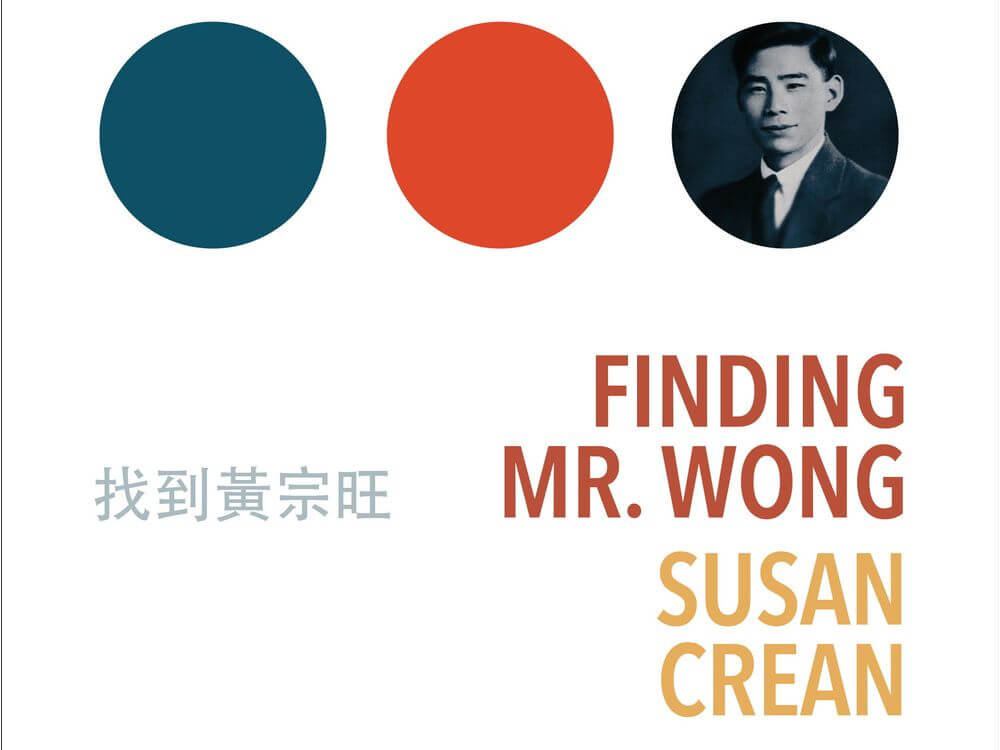The story of Chinese immigration to Canada is best known for two things. First, the arrival of Chinese labourers in large numbers in the late 1800s to build the crucial last link of the Canadian Pacific Railway—the most difficult and dangerous section which required crossing the Rocky Mountains. And second, for the institution of a head tax meant to dissuade those very men from remaining in the country once the work was completed.
A good many chose to pay the tax and stay anyway. Travelling east along the tracks they had laid themselves, they migrated to the prairies, to Ontario, Quebec and the Maritimes, bringing cheap labour, hand laundries and dim sum restaurants to communities across the country.
In the face of failure, the fee for the head tax was repeatedly raised. From$50 in 1885 to $500 by 1906, a sum equal to the price of two commercial lots in downtown Vancouver at the time. Yet, the Chinese persisted. In the end, Parliament passed what became known as the Exclusion Act in 1923, cancelling the head tax and barring virtually all Chinese immigration. Members of clergy, diplomats, merchants and students were the only exceptions.
Canada’s Exclusion Era
The heaviest burden of this regime was shouldered by the generation of Chinese already here. First, through the imposition of a system of registration requiring them to carry photo ID at all times. As historian Lisa Rose Mar writes in “Brokering Belonging—Chinese in Canada`s Exclusion Era 1885-1945”: “Previously only African slaves and First Nations people had been subject to this kind of pass system in Canada,” she wrote.
The new legislation also meant the Chinese were cut off from a supply of labour for their businesses in Canada. More importantly, it reduced their chances of ever living with their families for more than a few months every five years or so to nil. The rules condemned them to long-distance marriages and parenthood in installments while living lonely, isolated lives as bachelors in Canada. They did what they could to bring in relatives. It’s been estimated that as few as 50 of those permitted entry during the years the act was in effect came with legitimate papers. The regime was finally abandoned in 1948 when Canada was preparing to sign the United Nations Declaration of Human Rights.
Thanks to historians like Pierre Berton and CBC series like “The National Dream” we have images explaining how and why some six hundred men died. As they blasted through the Rockies, an estimated three men died per mile of track laid. Such statistics come alive in Anne Tait’s 2009 mini-series “Iron Road”, with scenes of men being lowered over cliff-sides to lay nitroglycerine charges, and of corpses being buried alongside the newly laid track.
Although the Canadian government officially apologised for the Chinese Head Tax, we’ve not yet connected all the dots. For instance, the fact that the Canadian government contributed $25 million to the building of the CPR while collecting $23 million from Chinese immigrants during the head tax era. Thus it can still be legitimately said that the Chinese not only built the railway but paid for it.
Behind history there are always individuals, named and unnamed. The great majority, of course, unnamed and unremembered. People like Wong Dong Wong, who came to Canada in 1911, at the age of 16.
Brought to Canada by his uncle after his parents and grandfather died, Wong was an orphan with no kin or prospects in China. After several years in Vancouver, repaying his dept to his uncle, he moved east to Toronto. Ending up “in service” as it was termed then, Wong worked as a live-in domestic servant for middle class families. In those years he learned to read and write Chinese, acquired some basic “kitchen” English and became an expert cook.
In 1928, he was hired by the son of an Irish immigrant who’d done well in the hat-making business. The son and his family were about to move into a new house in an area known as Forest Hill Village. The job was that of a cook/housekeeper, and the family was my father’s.
Wong stayed in that job for almost forty years, retiring to a rooming house on Dundas Street in the late 1960s. I knew him for the first 25 years of my life and stayed attached to him until his death. I knew him like I knew my grandparents, as a benign and indulgent authority figure. Someone whose life was woven into mine, yet whom I actually knew very little about. “Finding Mr. Wong” is the result of my effort to learn more. It’s both a biography and a memoir, a composite portrait of a simple man, and an oft repeated tale.

My searches took me to Wong’s home village in Taishan, which was home to many early immigrants to Canada. As the late Wayson Choy put it in an email to me before I left for China, seeing Taishan and visiting Wong’s home village, Shui Doi, would perhaps allow me to “imagine the richness that must have haunted Mr. Wong’s memories when he looked about his Canadian landscape and, surely, longed for home.”
It took a good deal of digging and two trips to China and Shui Doi to discover the rest. He was 16 years-old and 4”9 when he arrived, sponsored by an uncle named Wong YeeWoen who’d preceded him to Gold Mountain. His uncle also arranged his passage and the payment of his $500 head tax. Wong was an orphan as he’d told us but having no siblings also meant he’d have had nothing to return to in China. What family he had, he would have to make here in Canada.





